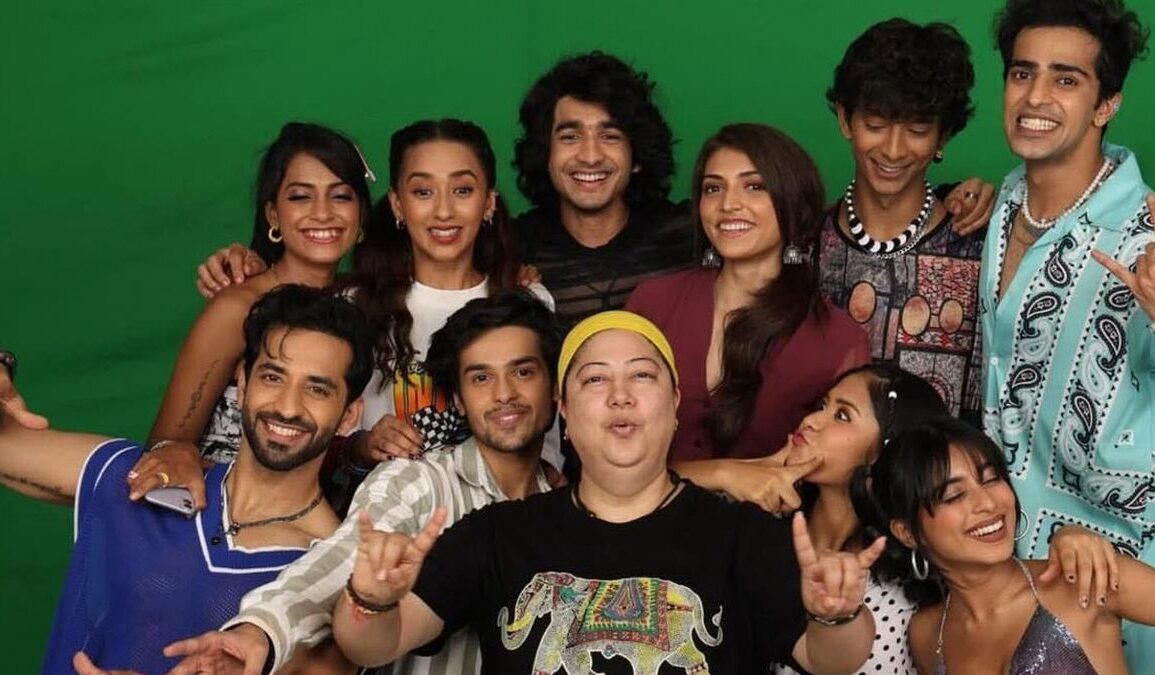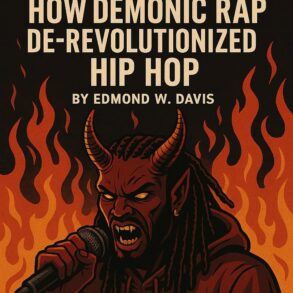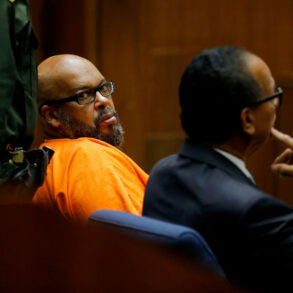“I was very disappointed to see Dil Toh Pagal Hai when I watched it. People were dancing contrary to where the beats were going,” says Palki Malhotra, a hip-hop dancer turned screenplay writer and director. “People might hate me for this, but it was very sad to see that dancing was the only department that was not evolving in Indian cinema,” Malhotra adds as we spoke on the sidelines of the World Dance Day.
But why would she say that? This question traces the entire journey of Hip-hop in India through the lens of its portrayal in cinema, television, and pop culture, which Malhotra shares.
Talking about the dance culture in India, the country, which is already popular for its diverse art forms, of which dance is also a part, has not been behind in embracing international dance forms. However, popular culture has been majorly dominated by hip-hop, if only to consider Latin dance like Salsa after that in the rank of adoption and adaptation.
From underground to street dancing, the emergence of hip-hop
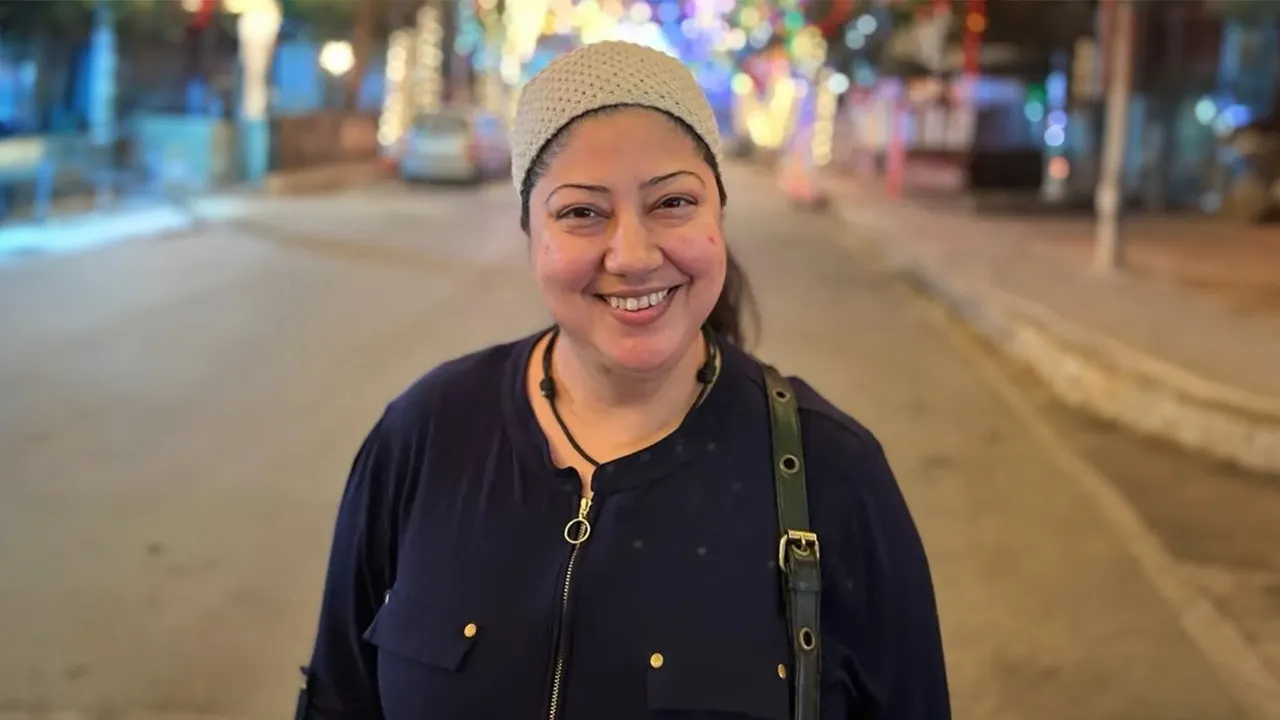
Growing up in the 90s, Palki observed the evident sight. Hip Hop was called the “street dancing”. “When I was in college during the late 90s, it was break dancing,” she says. This was also the time hip-hop emerged in America. “We used to smuggle the videos and tapes of American hip-hop dance. I still do not know how we used to do it but we did,” laughs Malhotra as we speak on a virtual interaction.
“Since we were familiar with hip-hop dancing, it was heartbreaking to see films like ‘Dil Toh Pagal Hai’, which could not do justice to the hip-hop,” the Mumbai resident adds. Back in India, as she says, people neither understood street dancing nor hip-hop. “The basic knowledge of in India was being bifurcated into either Indian or Western dancing,” she says.
There was another culture already thriving in India – underground dancing, a genre that was referred to variety of styles other than mainstream dancing fostering a sense of community. Malhotra recalls being on the one-on-one dance battles with the Shiamak Davar students, saying, “The battle scene had already emerged in the 90s, and we would have these dance face-offs in the clubs.”
Witnessing and accelerating the hip-hop evolution
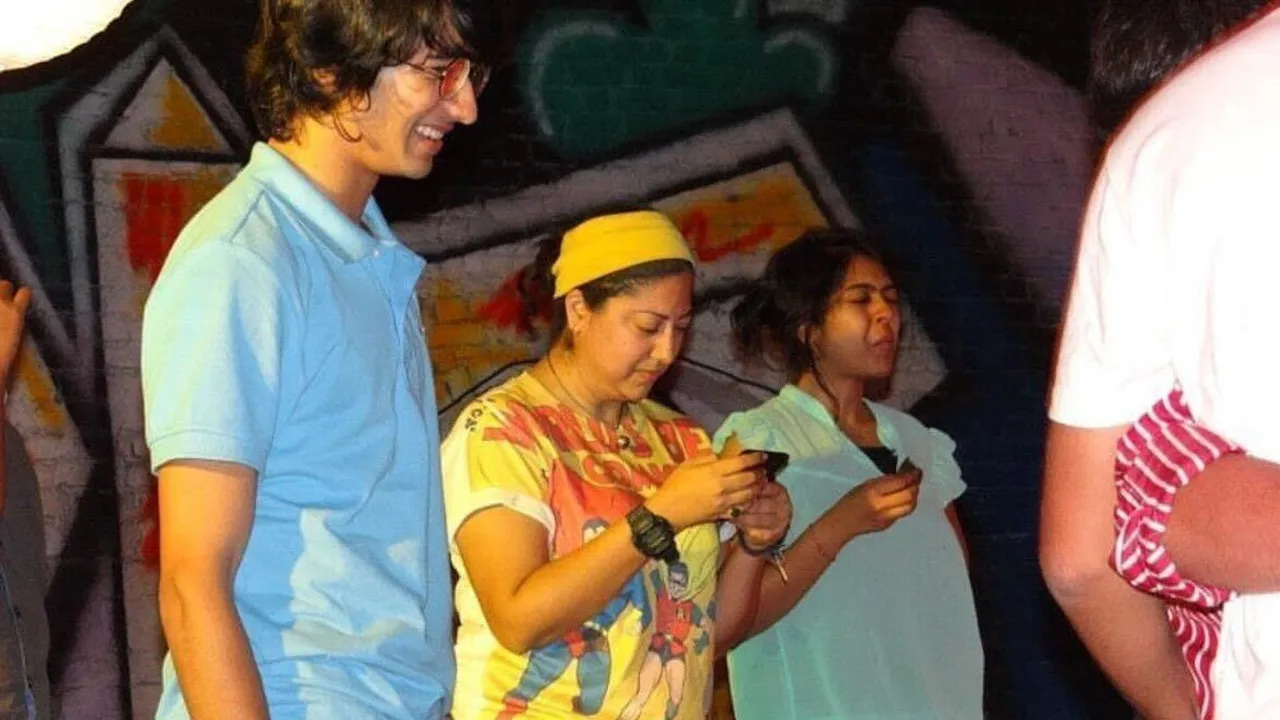
Being part of the underground dancing, Palki Malhotra saw the culture of hip-hop emerging in front of her eyes. In 2015, she founded a crew named “Desi Hoppers” that also included a popular face and actor-dancer, Shantanu Maheshwari. The “squad”, as she likes to call it, turned out to be winning the World of Dance Championships in Los Angeles the same year.
However, Malhotra, initially, could not think of taking dance as a career. “Dance could never be part of a career unless one went into choreography. There was a struggle in choreography, and it was not a ‘talent-based struggle’. So, I did not want to get into that,” she says, adding that there was a sense of frustration that dance could not be taken up as a career, and meanwhile, a lot of her friends had already given up on it.
Talking about the early 2000s, Malhotra opines that she was amazed to see a show like Sa Re Ga Ma Pa, then hosted by Sonu Nigam, where they gave the “critical comments to the participants and felt a lack of it for hip-hop, and dance in general. She says, “The television industry is still dealing with the same problem where there is a fear of getting trolled if one shares a critical comment on the reality shows,” she says.
Imagining the hip-hop-based fiction show
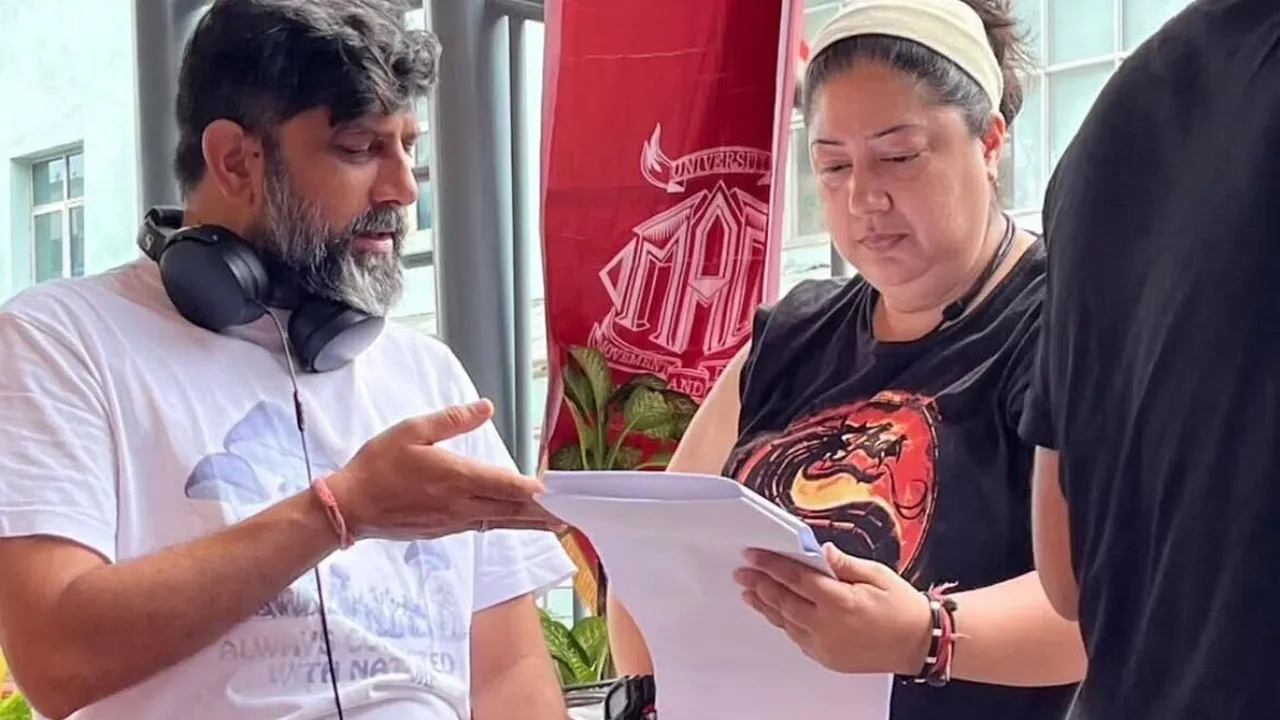
Since Malhotra had to let go of the dreams of building a dance career, she gradually forayed into screenplay writing. She wrote the popular rom-com, ‘Dil Mil Gaye’, and while talking about it, says, “The show had a lot of crossover events. When it comes to TV, I realised that all events meant, ‘singing and dancing’. So, I thought, why not make a show out of it,” Malhotra talks about the inception of what turned out to participants one of the popular hits among youth back in 2011, ‘Dil Dostii Dance’. However, she says that the idea of such a hip-hop-based fiction show had sprouted in her back in 2004.
Initially, as Malhotra narrates, people from the industry could not think that such a show would sustain the audience. “At that time, Yashraj had tied up with Sony TV and certain shows like ‘Mahi Ve’ were running. I pitched the dance show and was told that it would not work out,” she says. “The irony is, we were living in the country where dance and music spoke so many emotions, but people could still not foresee it,” she adds. Around the mid-2000s, shows like ‘Dance India Dance’ had already emerged, which Malhotra believes, added to the popularity of Hip-hop in India.
Post-emergence hip-hop scene
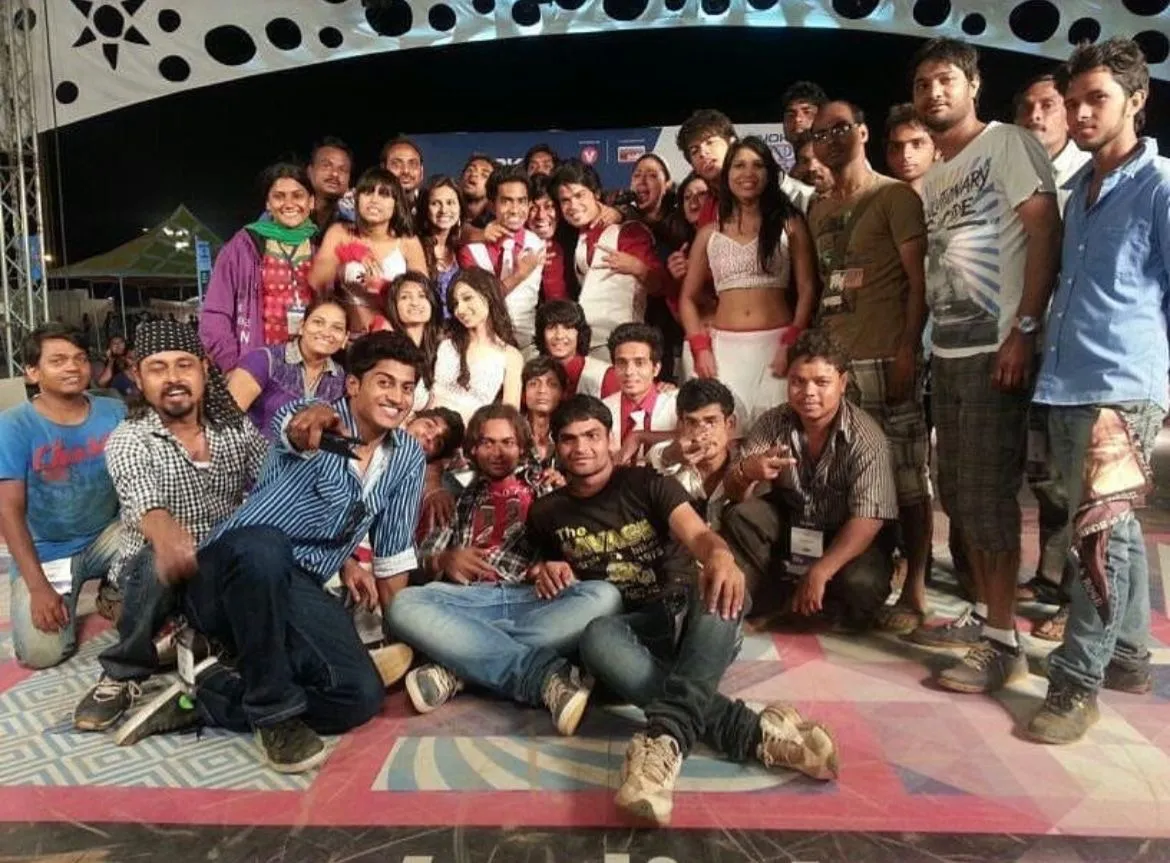
Even currently, Malhotra has on her name the credit for making history with the show ‘Campus Beats’, the only Indian series to reach five seasons, and another dance-based fiction. However, a lot has changed in this genre, she observes. “Any kind of entertainment piece that you see is the reflection of the society. In that, every generation has its characteristics. Today, the characteristic of the society is that people want to be ‘heard’,” she says.
Going further, she says that there is a sense of “freedom” that is attached to hip-hop and hence, people consider this dance form, a way to express themselves. “Therefore, you see a lot of aggression now, also in the lyrics. However, a decade back, it was more celebratory. People were celebrating it, and, in the time before that, we were in the phase of identifying the genre of music and dancing,” she says, adding that it has evolved as per how the youth of the country has evolved.
Another change, she cites, is the change in the technicalities. “Since hip-hop has been a kind of street dance which allowed to just freely express themselves without the technicalities or particular grammar, it gained popularity in India,” she says adding that, on the contrary, people have now adopted the fine techniques of it lately. “With time, Bollywood kept adopting the hip-hop and now that you see, there is a lot of hip-hop within the ‘Bollywood genre’, another genre that emerged slowly in the dancing landscape,” Malhotra adds.
Being a screenwriter and director, however, Malhotra has observed how hip-hop has gained commercial momentum. “Hip Hop is a safe scene now because it has commercial value. The moment you get commercial value, people will bet on you because it is a great business model. It has gained the mainstream market if anything,” she says.
Even then, she admits, that the knowledge of the dance form is still less among the people sitting in positions of power, who are supposed to approve of the show, “Trust me, it is you and I, who are still talking about the hip-hop scene in India because otherwise, people in positions also do not because of the lack of knowledge about it,” she laughs in despair. Citing the example of Campus Beats, she says, that while the show worked well, people were not interested in knowing “how pure it was going to be with the hip-hop dance form”.
‘Gender bias remains consistent’

Call it the love for hip hop or dancing in general, Malhotra picks Dil Dosti Dance out of it and Dil Mil Gaye when asked about her favourite show. However, it is also the genre where she has faced the gender biasedness, she feels. “When India won the 2015, World of Dance Championship, it was the first time that we won a gold in hip hop, however, the dance fraternity did not talk about it at all,” she laments.
The majority of the people in the fraternity were men Malhotra says. “That time, I realised that even if I am holding an all-men squad, since I am a woman driving it, there was less recognition. Had I been a guy, maybe, it could have been easier for people to just talk about it, even if not appreciation,” she further says adding that “it is not easy for the men and the choreographer from the industry to accept that a woman who has taken up a squad and have come back with a win”.
But has the scenario changed now from 2015? “No,” she says. For Malhotra, however, these are the hardships she is thankful for as she says, “I would not have come up with Campus Beats had I not been so upset about it.”
Taking about the Championship win, Malhotra believes that it was the fusion of classical with hip-hop that let the team win. “They (dance fraternity) did not talk about it back then as there would have been a sense of ‘what is next’. Now that I have come with the history-making Campus Beats, I want to see how would they continue to ignore the work,” says Malhotra feeling that it will be “nice” to, at least, be acknowledged.
This post was originally published on this site be sure to check out more of their content.



